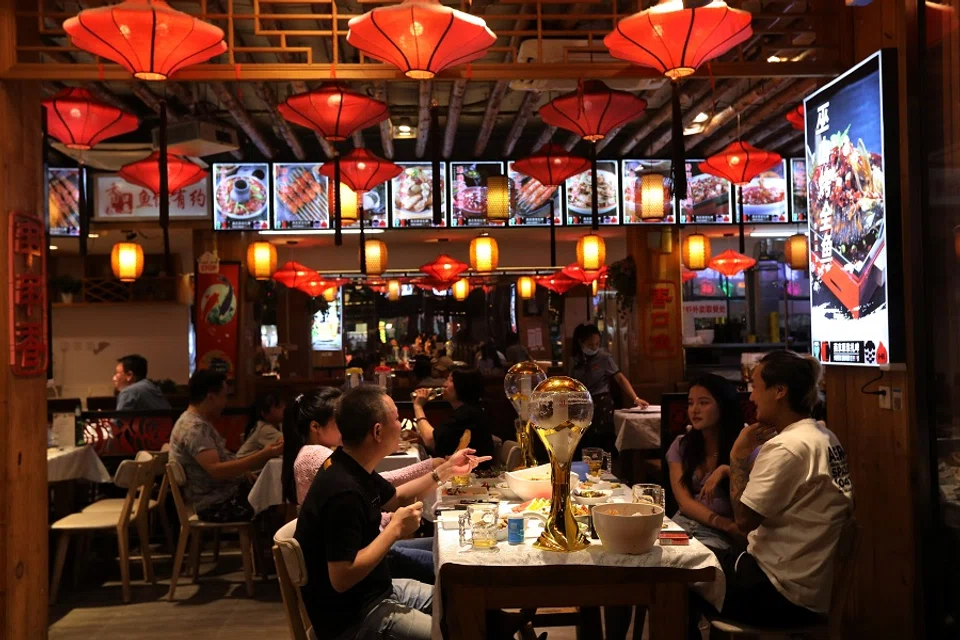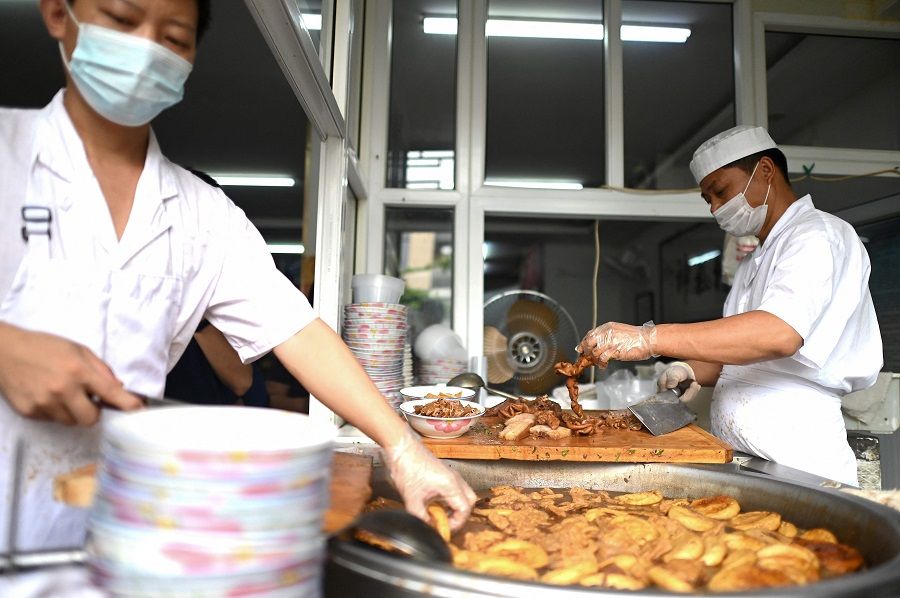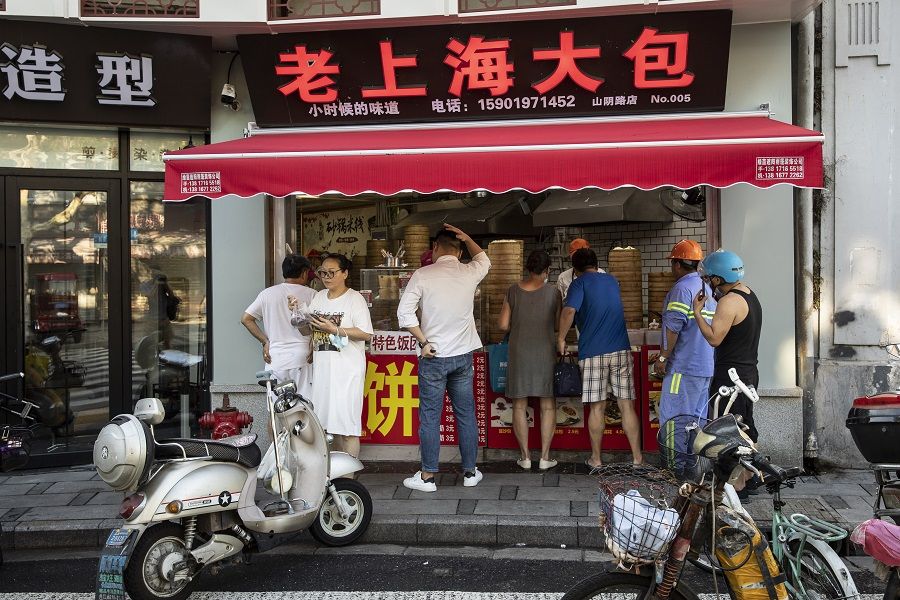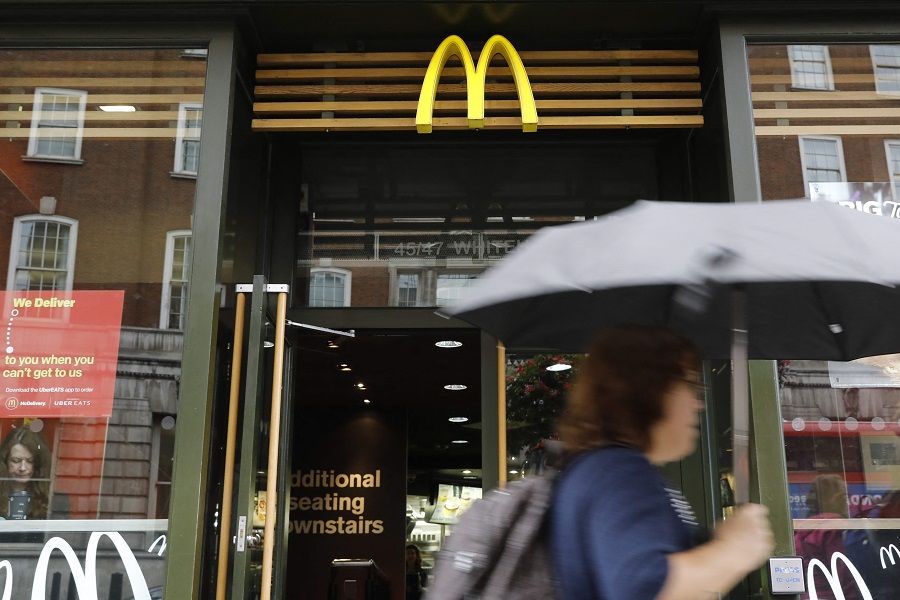Chinese economics professor: If you like salty and spicy food, your ancestors might have been poorer folk

Recently, after a thesis discussion, I had a meal with my students at the school canteen. One of my students who's not a local lamented, "Food in Hangzhou school canteens is just not salty enough. The dishes are mostly on the sweet side. Once, I dined at my Hangzhou native friend's house. All the meat dishes were seasoned with sugar. And none were spicy enough." His remarks are representative of many views of Jiangnan cuisine. A few students from Hunan, Jiangxi, and Shandong nodded in agreement.
As an economics professor, I love using daily life examples to hone my students' economic sense. How foods are flavoured differently in various regions undoubtedly makes for a good economics topic.
Light and lean
Thus, I asked, "Okay, so if what you think of Jiangnan cuisine is true, then what are the economic characteristics of regions that feature saltier and spicier food?"
The students remained silent for a while. Then, the student who earlier commented on Hangzhou food answered, "Hmm, I think the places with saltier and spicier cuisines are those that were underdeveloped in the past. Even until now, some of those regions may still be underdeveloped."

The other students nodded in agreement again, each supporting their claim with evidence. Even within Zhejiang province, the eating habits of the Hangjiahu Plain are different from those of the southwest mountainous city of Quzhou.
Food from the Jiangnan area is mostly mild in flavour. If I must pinpoint a specific preference that they may have, it would be that they love sweet food. But in a region so representative of the Jiangnan area like Zhejiang, there is a small city that adores spicy and strong flavours - Quzhou. And it has even made a name for itself because of its cuisine. The famous "three heads, one foot" (三头一掌) is a local speciality consisting of the heavily spiced heads of the rabbit, duck, and fish, along with duck feet. Normally, nobody bothers with rabbit heads and duck heads. But because living standards were bad in the region back then, the poor would eat duck heads and rabbit heads, and dishes featuring them gradually became local specialities.
...while many regions saw rapid development within several decades, people's eating habits formed over thousands of years could not be easily changed.
Stronger flavours to get through hardship
In ancient times, fresh vegetables, meat and eggs were not easily accessible to the poor. Thus, apart from loving spicy food, the poor also enjoyed salted foods. Salty and spicy flavours are actually formed by life's hardships.
If we measure the ratio of spicy food consumption in the different regions to the total consumption of their respective residents, we would perhaps see a map of China's economic development. If we apply this map to a China of the past, it would be a more accurate description of the local economic situation. This is because, following reform and opening up, while many regions saw rapid development within several decades, people's eating habits formed over thousands of years could not be easily changed.
People's eating habits are like an economic code - they reveal a person's hometown and other historical and cultural information.

However, a student immediately asked: "Today, whether we are having a meal in Beijing, Shanghai, Hangzhou or Guangzhou, there are hotpot restaurants and stalls selling spicy food everywhere. Are we saying that these regions are underdeveloped?"
Certainly not. Even the student who asked the question quickly answered his own question saying, "Oh yes, that's because there are many people like us who have come to live in the big cities from our respective hometowns." The student who complained earlier added, "Thankfully, there are many restaurants near school that serve spicy and fragrant food. Otherwise, our meals would be too boring and plain."
Under the current state of economic development, labour mobility across various regions are extremely high - especially in megacities like Shanghai, Beijing, and Shenzhen, where large numbers of youths from across the country have gathered. Thus, the city's F&B players have to adjust their menus to meet the needs of consumers to do business and make money. Notwithstanding, the sales patterns of certain specialities still hold some clues.
Caught in a pickle
Fuling zhacai (榨菜, pickled mustard) is a speciality of Chongqing's Fuling district. Featuring a mustard plant native to Fuling district, it is a local speciality made with a special processing technique. Together with France's pickled cucumber and Germany's sweet and sour red cabbage, it counts among the three most famous pickles of the world. Because it's so unique, it is one of the most popular dishes among migrant workers as it offers them a taste of home. Hence, the changes in the sales pattern of Fuling zhacai often reflects population mobility trends, especially the flow of rural migrant workers to the cities, which in turn reflect the changes in the regional economy and the trends of labour migration.

In fact, China even formed a unique index illustrating population mobility trends called the "pickle index". This index can be used to deduce population mobility trends based on the changes in sales volume of the popular Fuling zhacai across various regions over a couple of years and later be used to determine the population inflow and outflow of a particular region. In this way, relevant authorities would be able to formulate policies best suited for the region based on various population structures. For example, following the financial crisis of 2007-2008, the sales volume of Fuling zhacai in southern China decreased year by year from 49% in 2007 to 29.99% in 2011. This suggested that population outflow in southern China after the financial crisis was very fast.
Apart from the pickle index which is full of Chinese flavour, there are other indices that measure economic volatility, such as the ones jokingly referred to as the "lipstick index" and the "hemline index".
Other lifestyle indicators
The lipstick index was proposed by the former CEO of The Estee Lauder Companies Leonard Lauder. Analysing the actual revenue data of the company, Lauder discovered that during the 1990s recession, lipstick sales in the US actually rose against the trend.
The lipstick index shows that when the economy is in recession, consumption is reduced as the result of an economic downturn, and women would also be cautious with their spending, allowing themselves to only spend on relatively cheaper cosmetic products such as lipstick. Thus, the poorer the economy is doing, the better the lipstick sales.

Economists seem to think that the lipstick index is not a good indicator of an economic downturn and often treat it as a joke. But many people believe that the lipstick index is an inverse indicator of economic development. However, the economic recession brought about by the Covid-19 pandemic since 2020 may disprove the index. This is because everyone is wearing face masks during the pandemic which means that there is no need to wear lipsticks anymore. McKinsey tracked the sales of beauty products on Amazon over a period of four weeks between March and April 2020. It found that retail sales in the "lip care and colour" category had fallen by 15% - the largest dip - with prices falling 28%.
Closely related to economic prosperity is the direction of the stock market, which is in turn predicted by the hemline index, otherwise known as the "bare knees, bull market" indicator. The US stock market was quite sluggish in 1900 and the skirts of American women were very long, which looked pretty plain and boring. Prior to The Great Depression in 1929, women's hemlines rose quickly before falling again as the Great Depression hit.
It was said that the American who discovered this index thinks that women's emotions are a reflection of the career situation of bankers and investors - when the stock market is sluggish, investors are downcast and less likely to notice women's alluring appearance. But as soon as the stock market gets better, women's clothing will naturally become sexier with the men's changed attitudes. Undoubtedly, there is an implicit assumption in this story that bankers and investors are mostly males.
Latte notes
The pickle index, lipstick index, and hemline index are but layman economic indicators which are never really taken seriously. However, the Big Mac index - another informal economic indicator - actually made it into macroeconomics textbooks. This index was invented by The Economist in 1986 and is published annually as a "light-hearted guide" as to whether currencies are at their correct level based on the theory of purchasing power parity (PPP).

Assuming that a floating exchange rate is allowed, PPP, as defined in The Economist's Big Mac index, is the notion that "in the long run exchange rates should move towards the rate that would equalise the prices of an identical basket of goods and services" in any two countries. But how do we choose what goes into this "identical basket of goods and services"? After all, each country has different production capacities for different commodities, and putting different products into this basket would result in different outcomes.
Now, McDonald's has become a symbol of globalisation and the price of a Big Mac reflects the economic standard and consumption capacity of the country. The reason why Big Macs were chosen is that this product is available in many countries and its product specifications are the same almost everywhere, and local McDonald's dealers bargain for the prices of the raw ingredients on their own. These factors allow for a more meaningful comparison of currencies across various countries and offer an informal evaluation of the PPP of these currencies.
The subtleties of many large economic fluctuations do in fact manifest themselves in seemingly insignificant daily life experiences, which then form an economic code.

In 2004, The Economist invented the Tall Latte index. This index is similar to the Big Mac index, except for the fact that McDonald's Big Mac is replaced by Starbucks' tall latte. The emergence of this index is not only based on Starbucks' successful global expansion, but also the highly globalised coffee bean trade. The Big Mac index thus pales in comparison to the Tall Latte index in terms of its accuracy.
Every aspect of economic life comes together to form an organic whole. The subtleties of many large economic fluctuations do in fact manifest themselves in seemingly insignificant daily life experiences, which then form an economic code. As long as we are observant, we will discover many of their secrets.
This article was first published in Chinese by Caixin Global as "饮食咸辣清淡与经济水平有关?". Caixin Global is one of the most respected sources for macroeconomic, financial and business news and information about China.
Related: China's massive north-south gap in the cultural and economic realms | Can China revive its poorer western provinces? | Chinese economics professor: Why we exchange gifts, from ancient China to the present | Chinese economics professor: My grandmother and the kind, gentle souls of rural China

